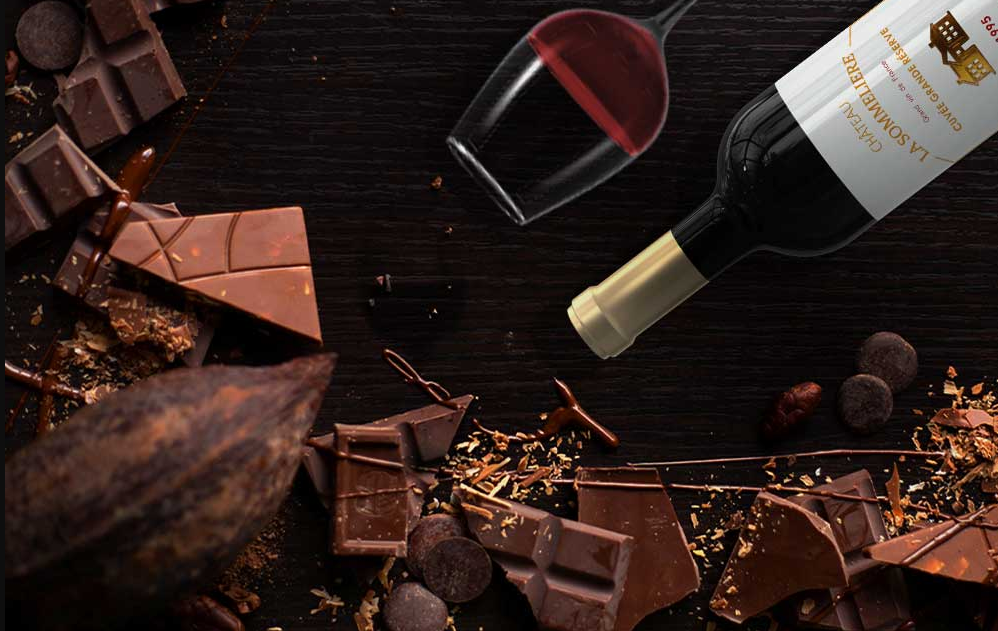
Wine aromas: empyreumatiques, chocolate
The oenological term empyreumatique comes from the ancient Greek empureuma, the ember from pur, heat, fire. This word characterizes the aromas of roasting or being burnt. Chocolate and coffee are the two most emblematic empyreumatic aromas.
The origins of cocoa
The Aztecs produced a sacred drink, xocoal, reserved for the god Quetzalcoalt. The drink was made by mixing cocoa with water, vanilla, corn and chili pepper. There are three types of cocoa, classified in order of quality: criollos, trinitarios and forasteros. Fermentation of the fruit, known as the pod, before the beans are extracted is essential, as it influences the final quality of the chocolate. After grinding, sorting and roasting, the beans produce the raw material used to make chocolate. Chocolate comes in three main forms, depending on its cocoa content: dark, milk and white. Depending on the country, it has distinct taste characteristics: creamy in Belgium, coffee-flavored in Switzerland or Germany, spicy in Spain or Mexico, with a hint of vanilla in France.
Cocoa in wines
Depending on the type of toast used to make the staves (medium or high), barrel ageing will favor the appearance of this aroma. The grape variety most likely to develop this aroma is Grenache. Cocoa is therefore found mainly in wines that use this grape variety alone or in blends. Examples include Chateauneuf du Pape, Gigondas, Maury and Banyuls. It can also make an appearance with certain Gamays, notably those from the Beaujolais region, as in the Fleurie and Brouilly crus. In the Loire region, it can be revealed in a glass of old bourgueil, made from cabernet franc. Cocoa is also common in the Bordeaux region, in appellations such as Saint Emilion or Pommerol, where it is predominantly Merlot. It crosses borders to be found on the Iberian Peninsula, in wines from Ribeira del Duero, in Castilla y León, or Penedès, in Catalonia.
Memorize cocoa aromas
If you can, try a tasting of cocoa vintages. You'll be able to identify the first sensation of bitterness in chocolate, which is inscribed in the cocoa bean. Then you'll perceive the evocative scent of roasted almond and hazelnut, followed by great sweetness. Don't hesitate to pair it with a very old Maury.





